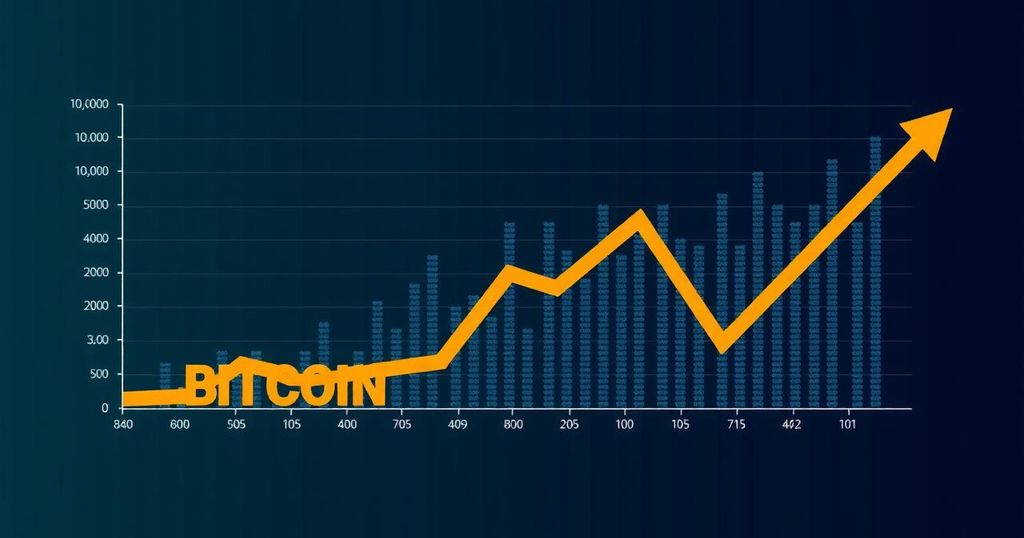Analyzing the Decline of Bitcoin’s Price Amid ETF Withdrawals
The recent trajectory of Bitcoin’s value has been notably concerning, particularly as it reached a monthly low of $55,300. This development raises pertinent questions regarding the factors influencing such a decline, especially in relation to the ongoing withdrawal trends from spot Bitcoin exchange-traded funds (ETFs).
Just a fortnight ago, Bitcoin experienced a surge, buoyed by favorable news from the United States, including the Federal Reserve Chair’s indications of impending interest rate reductions and support from pro-cryptocurrency presidential candidate Donald Trump. This optimism propelled Bitcoin past the $65,000 mark for the first time since an earlier downturn in August.
However, the market dynamics shifted dramatically as Bitcoin subsequently experienced a significant drop in value, losing approximately $10,000 before settling at the current low. While the anticipation surrounding the Fed’s potential interest rate cuts remains salient, alongside Trump’s presidential viability, a deeper investigation into investor behavior concerning Bitcoin ETFs reveals substantial insights. Recent reports indicate that withdrawals from these funds have escalated considerably, with more than $500 million exiting in merely three trading days, including a record $287.8 million on Tuesday, marking the largest outflow since early May.
The speculation surrounding Bitcoin’s inability to surpass its all-time high of $73,800 from March 2024 suggests that the continuous outflows from spot Bitcoin ETFs have played a crucial role in exerting downward pressure on Bitcoin’s price, particularly following their introduction in January. The ongoing trend of seven consecutive days of withdrawals appears to correlate directly with the cryptocurrency’s current decline, which represents a notable decrease of approximately 25% since its March peak.
Additionally, there exists a growing concern within the investment community that the potential outcomes of the Fed’s rate cuts and Trump’s electoral prospects may already be factored into Bitcoin’s current value. Should this hypothesis hold true, it could signal a conclusion to the 2024 bull run.
Nonetheless, it is essential to acknowledge Bitcoin’s historical resilience. The digital asset has repeatedly demonstrated a capacity to defy market expectations and recover from downturns that appear insurmountable. Hence, while the current trends are alarming, one must approach any predictions regarding Bitcoin’s future performance with caution and respect for its proven volatility and unpredictability. As the market evolves, continued monitoring of ETF activities and broader economic indicators will be crucial for understanding Bitcoin’s trajectory moving forward.
In summary, the combination of significant ETF outflows and market sentiment may indeed be contributing to Bitcoin’s current price decline, highlighting the complex interplay between investor behavior and asset valuation in the cryptocurrency landscape.







Post Comment